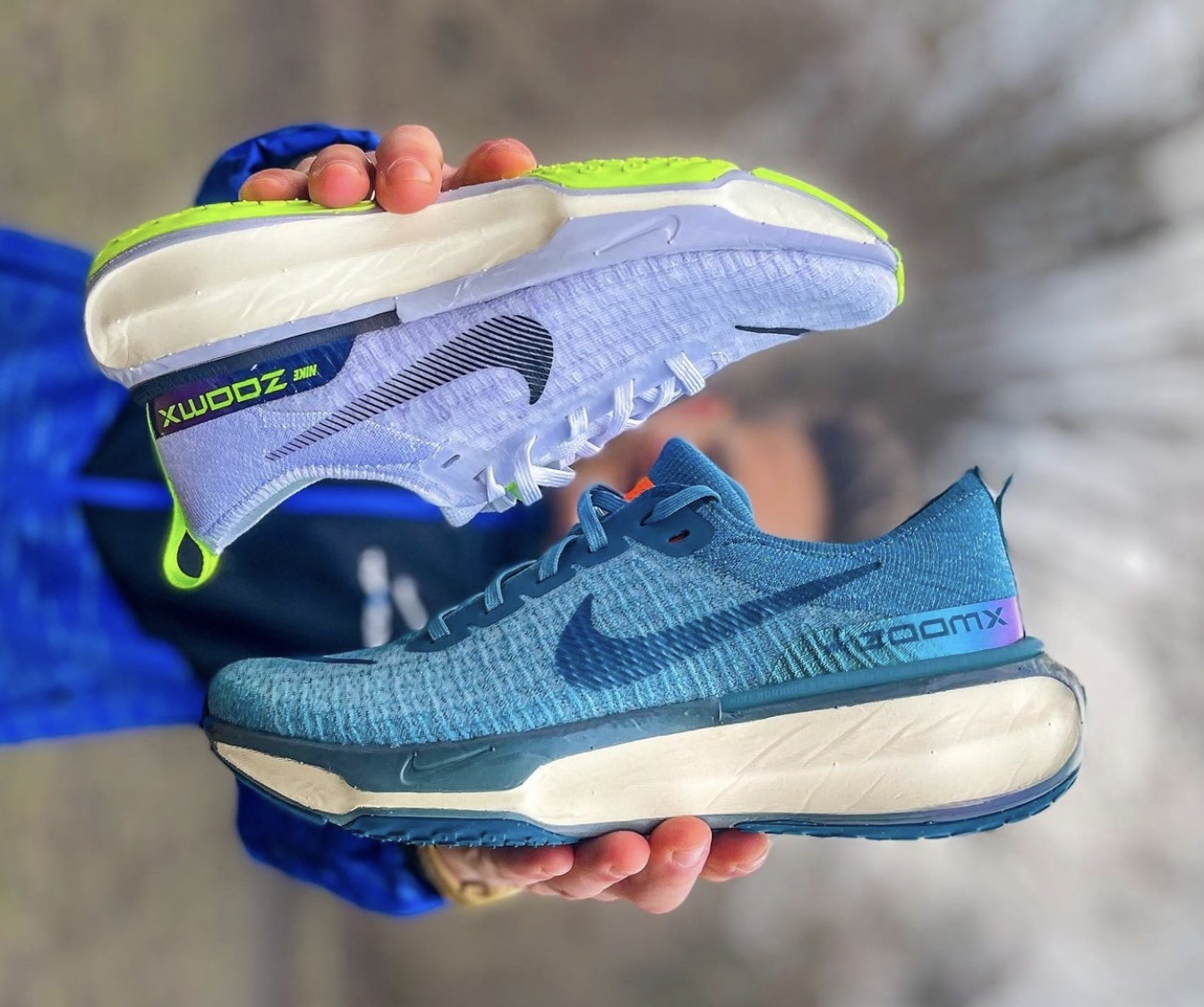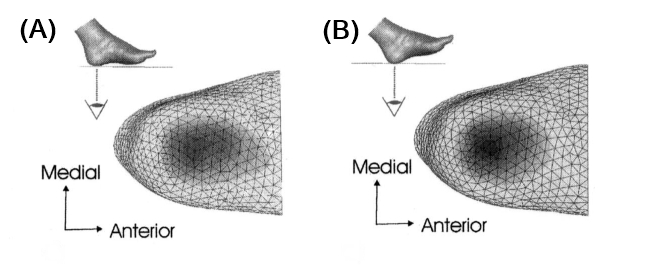Cushioned running shoes with a large heel-to-toe offset, meaning the heel is higher than the toe-box, was found to increase bone stress on the heel during running. This is because the higher the heel relative to the front of the shoe, the more likely a runner is to land farther back on the heel with more downward force whereby the farther back you strike on your heel while running, the greater the vertical ground reaction force which also produces a shockwave that travels up the leg and through the lower back, causing lumbar disc degeneration!


This is why thick cushioned running shoes with a large padded heel does not pay off for injury prevention because impact is always produced in larger amounts as compared with minimalist running shoes and running barefoot.

Documented examples of this came from a 2005 study in the journal Medicine and Science in Sports and Exercise which found that heel bone pain after running was due to a higher sole angle at landing which increased external and internal stress on the heel bone as compared with flatter running shoes.
-
- The researchers revealed that the more cushioned a running shoe is under the heel, the greater the sole angle of the foot at landing, which also means the greater the heel strike potential. This also produced the smallest overall contact area of the foot which led to the largest increases in bone stress produced on the heel!
These facts prove that running shoes affect the way the foot lands when running because the same study also found that running barefoot and in zero-drop (completely flat) minimalist running shoes encouraged a flatter foot strike such that contact area of the foot increased by 22% which decreased internal compression by 30% on the heel bone.

Another bonus of a flatter foot placement, striking the ground farther away from the heel, during running was that it was found to allow the plantar fascia to distribute loads away from the heel which effectively reduced the incidence of heel pain, too!
Ultimately, the final conclusions was that for one, traditional running shoes under-provide protection no matter how thickly cushioned they are because heel bone stress is chronically high, and for another, the key to accelerating a favourable shift from heel striking to forefoot striking when running is flatter running shoes, namely minimalist running shoes, or even better, running barefoot!
Sadly, foot strike angle isn’t the only aspect of your mechanics that cushioned heeled running shoes negatively alters, these shoes also force the feet into extreme, overstraining positions, known as over-pronation, which transfers high bending and rotational stress on the ankle, shin, knee and hips. Here’s the research on that!
References:
Spears at el. The effect of loading conditions on stress in the barefooted heel pad. Med Sci Sports Exerc, 2005; 37(6):1030-6.
Tang et al. Influence of trunk posture on lower extremity energetics during running. Med Sci Sports Exerc, 2015;47(3):625-30.
Bretta Riches
BSc Neurobiology; MSc Biomechanics candidate, ultra minimalist runner & founder of RunForefoot. I was a heel striker, always injured. I was inspired by the great Tirunesh Dibaba to try forefoot running. Now, I'm injury free. This is why I launched Run Forefoot, to advocate the health & performance benefits of forefoot running and to raise awareness on the dangers of heel striking, because the world needs to know.
Latest posts by Bretta Riches (see all)
- Can You Run In Barefoot Shoes? Yes, But DON’T Heel Strike! - 21/07/2024
- Why Cushioned Running Shoes Are Really Bad for Your Feet - 19/07/2024
- Do Cushioned Running Shoes Cause Injuries? - 17/07/2024

